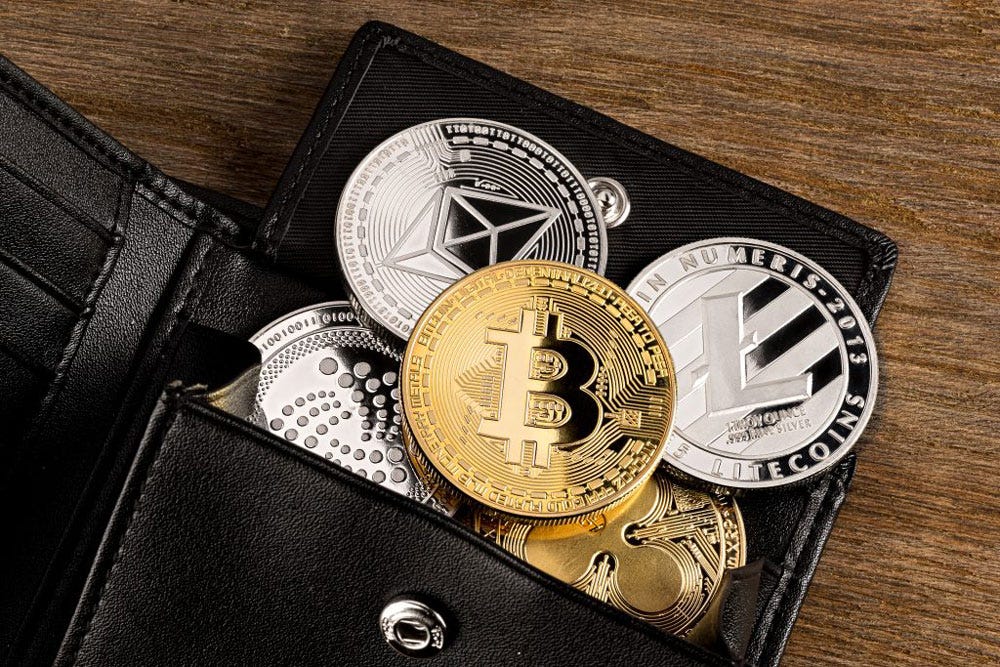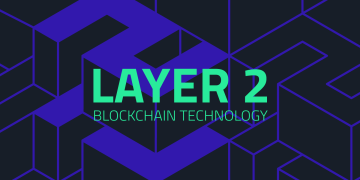The global financial system is undergoing a profound transformation. At the center of this shift is blockchain technology, which is redefining how value is stored, transferred, and managed across borders. As governments, central banks, financial institutions, and private enterprises explore digital currencies and decentralized financial infrastructure, the traditional model of global finance—built on centralized intermediaries, national currencies, and siloed banking systems—is being fundamentally challenged.
Blockchain, with its decentralized, secure, and transparent architecture, is not merely a new payment protocol. It is the foundation for a programmable, inclusive, and frictionless global economy, where money, assets, and contracts move seamlessly in digital form. This article explores how blockchain is poised to reshape the global financial order in the era of digital currencies.
1. The Shortcomings of the Traditional Financial System
Before examining blockchain’s impact, it’s essential to understand the limitations of the current system:
- Slow and costly cross-border payments: International transfers can take days and involve high fees due to intermediary banks, currency conversions, and compliance checks.
- Limited financial inclusion: Over 1.4 billion people globally remain unbanked, especially in developing countries with poor access to banking infrastructure.
- Lack of transparency: Transactions are often opaque, with users having little visibility into how money flows or fees are applied.
- Concentration of power: Central banks, major financial institutions, and clearinghouses wield disproportionate influence over monetary policy and financial access.
- Fragmented systems: Each country operates its own financial infrastructure, which limits interoperability and slows global commerce.
These inefficiencies have persisted for decades, and blockchain presents a structural alternative.
2. Blockchain as a Foundation for Global Financial Transformation
Blockchain technology offers a decentralized ledger system where transactions are:
- Immutable: Once recorded, data cannot be altered without consensus.
- Transparent: Participants can trace and audit transactions in real time.
- Secure: Cryptographic protocols protect against fraud and unauthorized access.
- Programmable: Financial logic can be embedded into smart contracts, automating processes like settlement, interest accrual, and compliance.
These features create a platform for a new financial paradigm, where digital currencies, tokenized assets, and decentralized applications interact on-chain without intermediaries.
3. Rise of Digital Currencies: Public and Private Innovations
A. Central Bank Digital Currencies (CBDCs)
Governments worldwide are developing or piloting CBDCs—state-backed digital currencies issued by central banks.
- China’s Digital Yuan (e-CNY): Already in advanced pilot stages, used for retail payments in several cities.
- European Central Bank (Digital Euro): In design phase, targeting programmable payments and pan-European financial sovereignty.
- Digital Dollar (U.S.): Under research, with implications for the U.S. dollar’s global reserve status.
CBDCs offer programmable, instant, and traceable money, but with centralized control. Their rollout is expected to modernize payment systems, reduce reliance on cash, and improve financial inclusion.
B. Stablecoins
Stablecoins are blockchain-based tokens pegged to fiat currencies (e.g., USDT, USDC).
- Enable near-instant global payments with low fees.
- Increasingly used in remittances, crypto trading, and decentralized finance (DeFi).
- May challenge traditional bank deposits if adoption scales.
C. Cryptocurrencies as Alternative Financial Systems
Decentralized cryptocurrencies like Bitcoin and Ethereum serve as:
- Digital stores of value (especially in inflation-prone economies)
- Permissionless financial rails for savings, loans, trading, and yield generation
- Hedges against monetary debasement and centralized monetary policy
While regulatory uncertainty remains, these currencies have ignited the development of borderless, non-sovereign financial ecosystems.
4. Key Ways Blockchain Is Reshaping Global Finance
A. Decentralized Finance (DeFi)
DeFi platforms replicate and extend traditional financial services—lending, borrowing, trading, derivatives—on public blockchains.
- No intermediaries: Users interact directly with smart contracts.
- Global access: Anyone with an internet connection and a crypto wallet can participate.
- Real-time settlement: Transactions are executed and settled instantly.
- Transparent risk: Protocol mechanics and reserve ratios are visible on-chain.
DeFi has already locked in tens of billions of dollars and represents a decentralized alternative to investment banks, exchanges, and credit institutions.
B. Real-Time, Cross-Border Settlements
Blockchain reduces cross-border payment friction:
- Removes the need for correspondent banks
- Reduces settlement time from days to seconds
- Minimizes FX and processing fees
Projects like Ripple (XRP), Stellar (XLM), and SWIFT’s own blockchain experiments aim to modernize the $150+ trillion global payment infrastructure.
C. Asset Tokenization
Blockchain enables real-world assets—stocks, bonds, real estate, commodities—to be tokenized and traded 24/7:
- Increases liquidity in traditionally illiquid markets
- Reduces barriers to entry for retail investors
- Enables fractional ownership and global capital flows
Institutional platforms are exploring tokenized Treasury bills, carbon credits, and supply chain receivables as digital investment vehicles.
D. Programmable Money
With smart contracts, blockchain introduces rules-based money:
- Salary payments tied to performance metrics
- Automatic tax deductions
- Escrow releases based on predefined conditions
Programmable CBDCs or stablecoins could transform payroll, trade finance, and government aid disbursement.
E. Financial Inclusion and Self-Custody
Blockchain wallets allow anyone to store and transfer value without a bank account:
- Ideal for underbanked populations in Latin America, Africa, and South Asia
- Enables sovereign financial control for individuals
- Reduces dependency on fragile local banking systems

5. Implications for Banks, Governments, and Global Institutions
Banks
- Will need to adapt to decentralized competition.
- May integrate blockchain for custody, clearing, and tokenized asset management.
- Could issue their own stablecoins or operate DeFi-style services under regulation.
Governments and Central Banks
- Must redefine their role in a multipolar monetary system.
- Face pressure to balance innovation with control, especially over capital flows and monetary policy.
- CBDCs may enhance surveillance capabilities, but also risk disintermediating commercial banks.
International Financial Institutions
- IMF and World Bank may shift toward supporting interoperable digital infrastructure.
- New frameworks for cross-border digital currency exchange, taxation, and compliance will be required.
- Opportunities arise for building digital Bretton Woods-style systems for the 21st century.
6. Challenges and Risks
- Regulatory Fragmentation: Different jurisdictions approach blockchain and digital currencies with conflicting policies, leading to uncertainty and compliance complexity.
- Privacy and Surveillance: CBDCs could enhance state oversight of personal financial activity, raising concerns about civil liberties.
- Cybersecurity: Smart contract bugs, wallet hacks, and protocol exploits can lead to loss of funds and systemic risk.
- Volatility: Cryptocurrencies remain volatile and unsuitable for price-stable use cases without stabilizing mechanisms.
- Interoperability: CBDCs, stablecoins, and private blockchains must interact seamlessly for a functional global system.
7. The Road Ahead: A Converging Future
The global financial landscape is not likely to be fully decentralized or fully centralized. Instead, a hybrid system is emerging, where:
- CBDCs operate alongside decentralized stablecoins and cryptocurrencies.
- Private and public blockchains interoperate, with banks and fintechs acting as bridges.
- Digital identity and compliance frameworks enable trustworthy yet borderless finance.
- Smart contracts and tokenization automate financial services with greater efficiency and transparency.
In this new architecture, trust will increasingly shift from centralized institutions to code, consensus, and cryptography—redefining who controls money, how it moves, and who can participate.
Conclusion
Blockchain is fundamentally reshaping the foundations of global finance. From central banks issuing digital currencies to decentralized networks offering open financial alternatives, we are witnessing the beginning of a multi-polar, programmable financial era.
This transition is not only about technology—it is about power, sovereignty, and inclusion. Nations, institutions, and individuals that understand and adapt to blockchain’s potential will be better positioned to thrive in the digital currency age. As the lines between money, code, and infrastructure blur, blockchain will serve as the operating system for a more transparent, efficient, and equitable global financial system.


















































